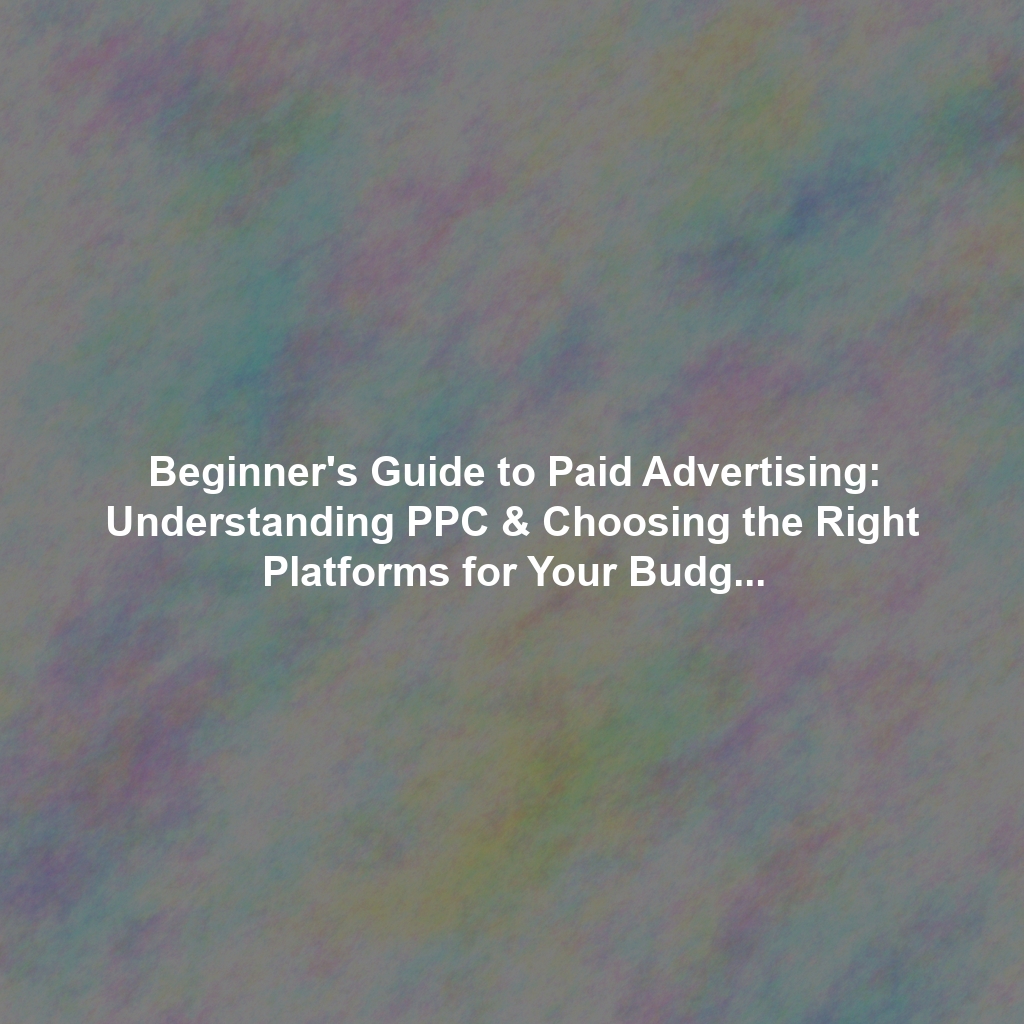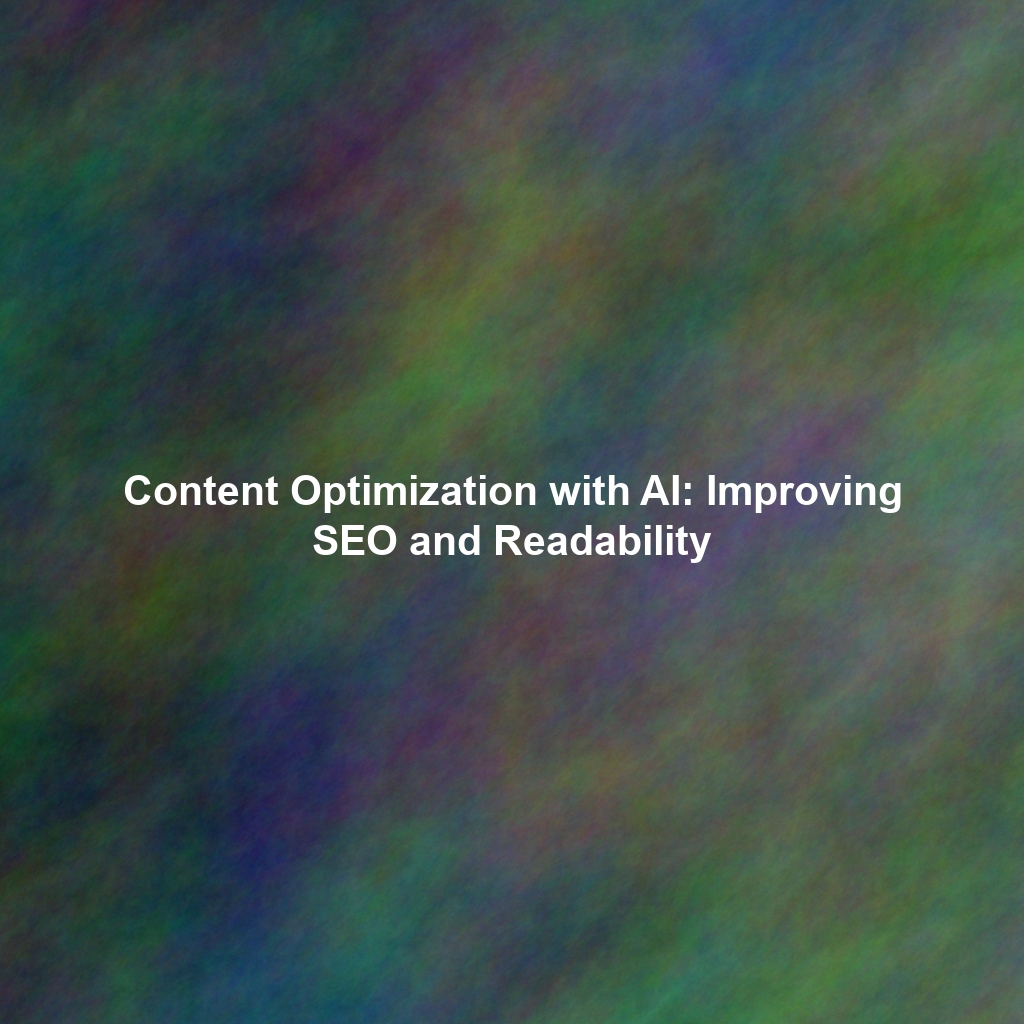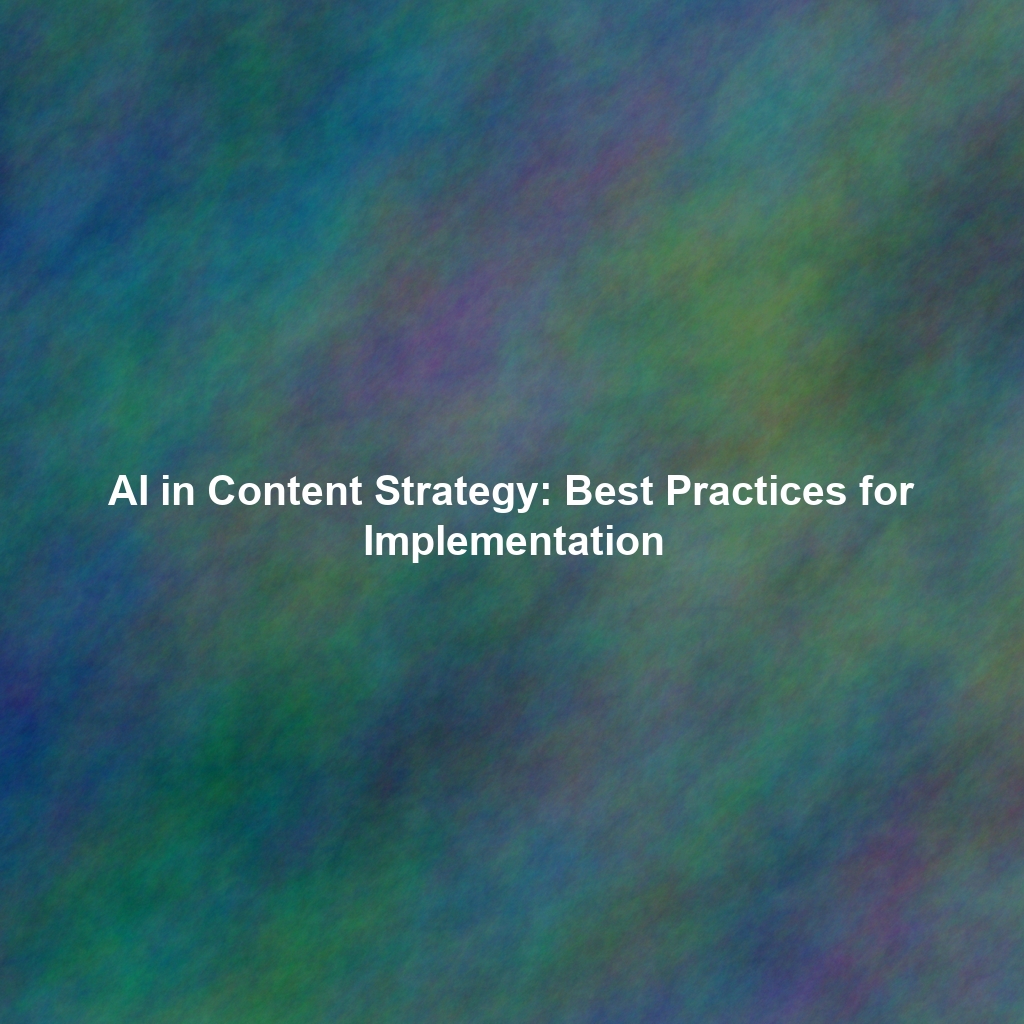Understanding the Landscape of Paid Advertising
Paid advertising encompasses a wide range of channels, each with its own strengths and weaknesses. Let’s explore the most common types:
Pay-Per-Click (PPC) Advertising: Google Ads
PPC, primarily through Google Ads (formerly Google AdWords), allows you to bid on keywords related to your business. When someone searches for those keywords, your ad may appear at the top or bottom of the search results page. You only pay when someone clicks on your ad, making it a highly targeted form of advertising.
Key advantages of Google Ads:
- Highly Targeted: Reach users actively searching for your products or services.
- Measurable Results: Track clicks, impressions, conversions, and ROI.
- Control & Flexibility: Adjust bids, targeting, and ad copy in real-time.
Social Media Advertising: Facebook, Instagram, and LinkedIn
Social media platforms like Facebook, Instagram, and LinkedIn offer powerful advertising tools to reach specific demographics, interests, and behaviors. Unlike PPC, social media advertising often focuses on interrupting users as they browse their feeds, making it essential to create engaging and visually appealing ads.
Platform Breakdown:
- Facebook & Instagram Ads: Ideal for reaching a broad audience with visual content. Excellent for brand awareness, lead generation, and e-commerce.
- LinkedIn Ads: Best for B2B marketing, professional networking, and targeting specific job titles or industries.
Key advantages of Social Media Ads:
- Precise Targeting: Target users based on demographics, interests, behaviors, and connections.
- Visual Appeal: Leverage images and videos to capture attention.
- Brand Building: Increase brand awareness and engagement.
Display Advertising
Display advertising involves placing banner ads on websites across the internet. These ads can be image-based, video-based, or even interactive. Display advertising is often used for brand awareness and retargeting (showing ads to people who have previously visited your website).
Key advantages of Display Advertising:
- Wide Reach: Target users across a vast network of websites.
- Visual Storytelling: Use visually appealing banners to tell your brand story.
- Retargeting Capabilities: Re-engage with website visitors who haven’t converted.
Setting Your Budget and Defining Your Goals
Before launching any paid advertising campaign, it’s crucial to define your budget and goals. Ask yourself:
- What are you trying to achieve? (e.g., Increase website traffic, generate leads, drive sales)
- How much can you afford to spend? (Start with a small budget and scale up as you see results)
- What’s your target ROI? (Return on Investment)
A well-defined budget and clear goals will guide your platform selection and campaign strategy.
Targeting Your Audience: Finding the Right People
Effective targeting is the key to maximizing your ROI. Understand your ideal customer and use the targeting options offered by each platform to reach them. Consider factors like:
- Demographics: Age, gender, location, income, education.
- Interests: Hobbies, passions, favorite brands.
- Behaviors: Online activity, purchase history, website visits.
Writing Compelling Ad Copy: Getting Clicks and Conversions
Your ad copy is your first impression. It needs to be clear, concise, and persuasive. Here are some tips:
- Highlight your unique selling proposition (USP). What makes you different?
- Use strong calls to action (CTAs). Tell users what you want them to do (e.g., “Shop Now,” “Learn More,” “Get a Free Quote”).
- Include relevant keywords. Match your keywords to your target audience’s search queries.
- Test different ad variations. A/B test headlines, descriptions, and CTAs to see what performs best.
Tracking and Analyzing Campaign Performance: Measuring Your Success
Paid advertising platforms provide robust tracking tools to monitor your campaign performance. Pay attention to key metrics like:
- Impressions: How many times your ad was shown.
- Clicks: How many times your ad was clicked.
- Click-Through Rate (CTR): The percentage of impressions that resulted in clicks.
- Conversions: The number of desired actions taken (e.g., sales, leads, downloads).
- Cost Per Acquisition (CPA): The cost of acquiring one conversion.
- Return on Ad Spend (ROAS): The revenue generated for every dollar spent on advertising.
Regularly analyze your data and make adjustments to your campaigns based on what’s working and what’s not.
Avoiding Common Pitfalls in Paid Advertising
Paid advertising can be complex. Here are some common mistakes to avoid:
- Not defining your goals.
- Poor targeting.
- Weak ad copy.
- Ignoring your data.
- Lack of A/B testing.
- Not having a dedicated landing page. Ensure your ad directs users to a relevant page on your website.
Conclusion: Getting Started with Paid Advertising
Paid advertising is a powerful tool for reaching your target audience and achieving your business goals. By understanding the different platforms, setting a budget, targeting effectively, writing compelling ad copy, and tracking your performance, you can maximize your ROI and drive significant results. Start small, experiment, and continuously optimize your campaigns for success. Don’t be afraid to seek help from experienced professionals if you need it. Good luck!
 Skip to content
Skip to content

